The Pros and Cons of Drip Irrigation
Having a well-maintained landscape certainly goes a long way to making your home look attractive. However, if you're living in drier parts of the country, you'll need to balance the need to keep your plants pristine with water conservation. Fortunately, there are techniques like drip irrigation that you can use to do the job.
Here, we'll show you the pros and cons of drip irrigation so you can decide if this technique is right for you.
What is drip irrigation?
Also known as trickle irrigation, this system involves using tubes with micro-sprinklers or emitters that slowly drip water directly over the roots of plants. You can do this by placing the water tube just above the soil's surface or burying it slightly underground. As long as you correctly align the emitters with the plant's roots, you'll be watering your plants efficiently.
What are the advantages of drip irrigation?
The most obvious advantage would be the amount of water you save when watering your plants. Drip irrigation makes sure that your plants are getting watered efficiently, decreasing the amount of water that you need to use. This system also reduces or eliminates water loss due to evaporation or the wind. Drip irrigation is perfect for dry areas where it can be both hot and windy.
There is also the added benefit of control. For ordinary sprinklers, you pretty much water the entire area indiscriminately. With drip irrigation, you can place the tubes however you want, ensuring that only the plants that need attention get watered, and in a slow and controlled way.
What are its disadvantages?
A disadvantage of drip irrigation is that it will require a complicated installation for more extensive properties. It will be a challenge and relatively expensive to set up a drip irrigation system in a large yard. Drip irrigation systems will also require constant maintenance, which, although simple, can be a hassle for those that don't have the time for yard work.
Where can drip irrigation be used?
Before deciding to use a drip irrigation system, ensure that your soil is suited for it. Fortunately, most soil types can be drip irrigated without much problem. Clay-type soils, however, must have their emitters adjusted to trickle slowly to avoid water pooling on the surface. On the other hand, sandy soil needs to have emitters adjusted to a more powerful setting to increase the water coverage.
A good deal of work
Having a beautiful yard takes a good deal of work. Achieving this without wasting water is always a great idea. Not only do you get the yard that you want, but you can also be secure in the knowledge that you're doing so responsibly. Knowing the pros and cons of drip irrigation will help you decide if this watering system is suitable for you.
Springs of Life Irrigation is a Phoenix-area irrigation company specializing in professional sprinkler and drip irrigation and landscape lighting installation and repair. Call 623-299-2996.

